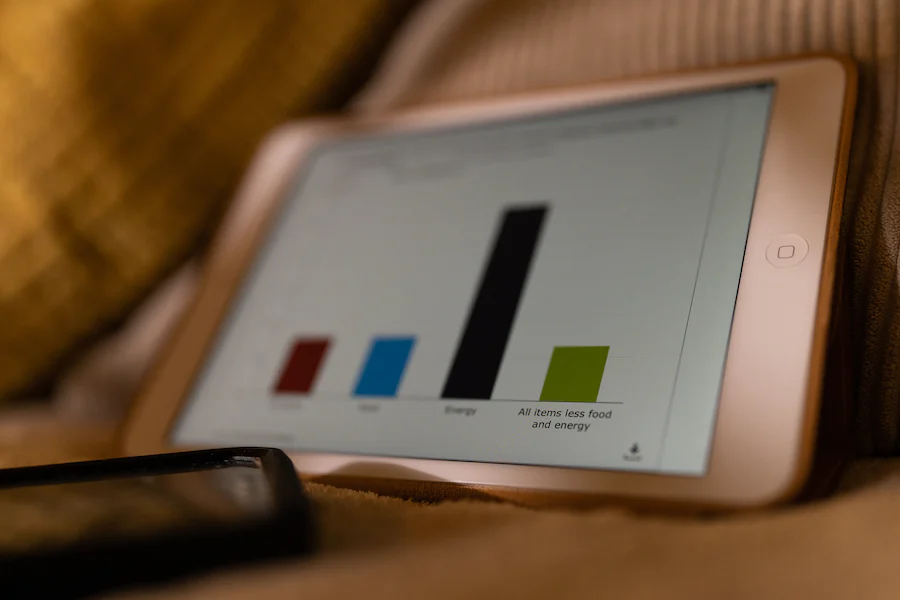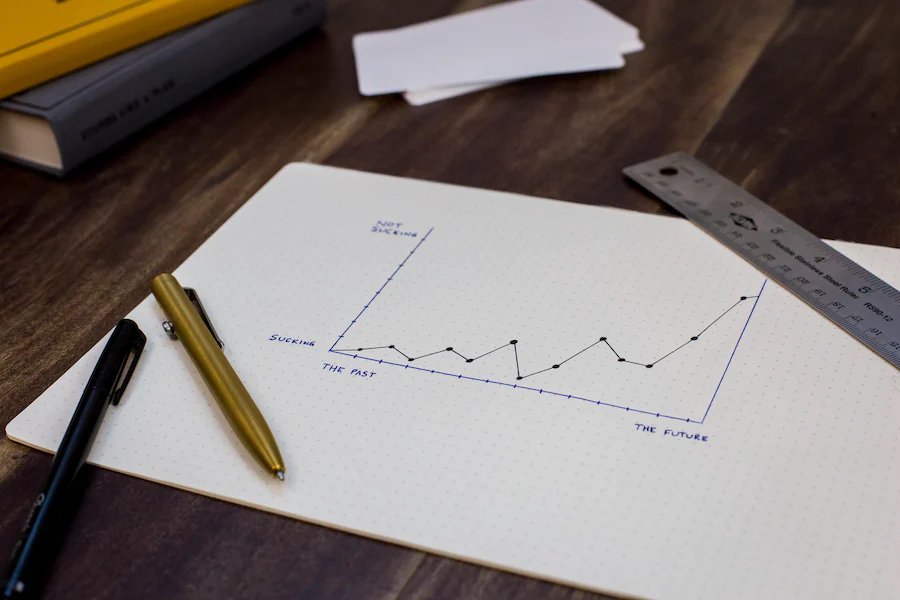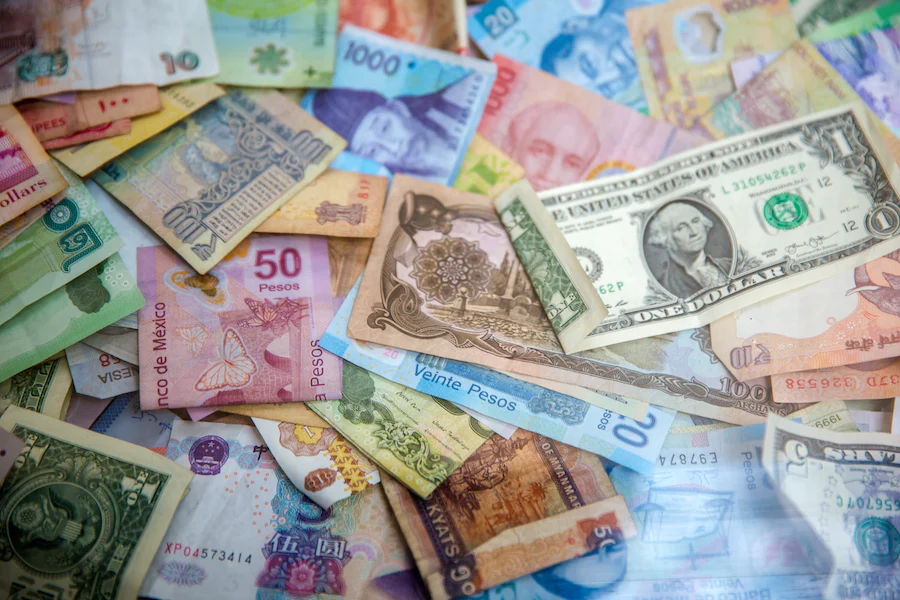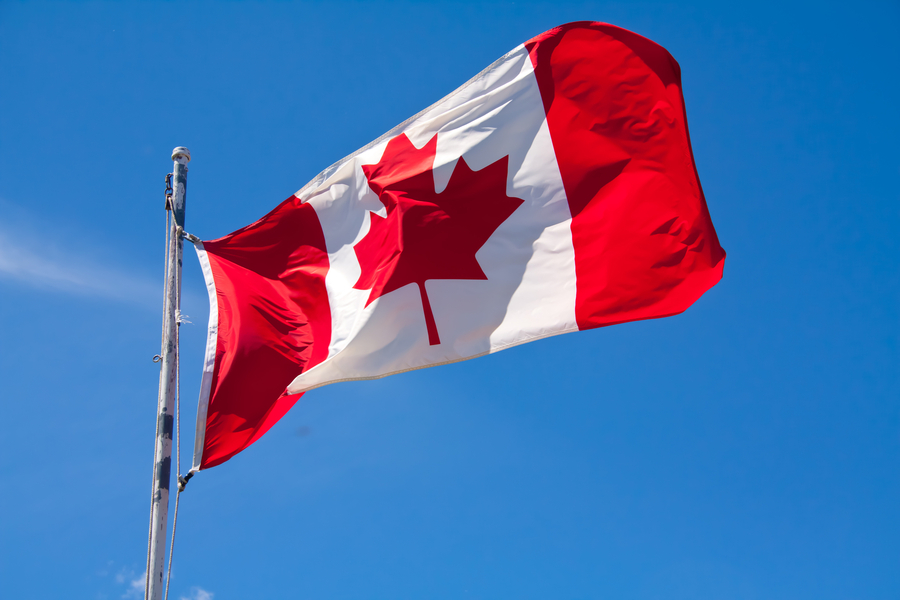Virtually every industry has experienced some sort of increase in costs due to rising inflation rates. With costs continuing to rise in recent months, some may be wondering why they rise in the first place and how the Canadian inflation rate is calculated.
Here’s a brief explanation of inflation and its effect on Canada’s economy.
What Is Inflation?

Inflation, in its simplest terms, is the rise in prices over time which can also be translated as the decline of purchasing power. For Canada, this means that the Canadian dollar buys less than it did for the same amount of money in previous periods.
A rise in inflation means that your money is not able to purchase as much as it was before and it usually results in a lack of consumer spending or less economic activity. High inflation means that prices rise for many goods and services.
On the opposite side, if inflation falls, you can predict that prices fall as well. For Canada, this means that the Canadian dollar buys less than it did in previous periods.
Interest rates also play a role in this. With lower interest rates, consumers are motivated to spend their money on goods and services instead of save it. However, with a high interest rate, saving is more attractive than spending, especially with higher price movements.
While rising prices can happen in part for a variety of reasons, a rising inflation rate will mean that even your basic food items will cost more money than they have in the past, thereby a decrease in purchasing power. As well, this means that many Canadians will spend less money which will slow the economy.
According to Investopedia, “Inflation aims to measure the overall impact of price changes for a diversified set of products and services. It allows for a single value representation of the increase in the price level of goods and services in an economy over a period of time.”

What Causes Inflation?
Rising inflation’s root cause is an increase in the money supply of a certain country. This can be increased in a number of ways, including:
- the printing and giving away of more money to a country’s citizens
- reducing the value of the legal currency
- loaning new money by purchasing government bonds from banks on the secondary market
Another cause of inflation comes from a higher demand than the available supply for consumer goods. This was seen most recently following the start of the COVID-19 pandemic and the various issues the supply chain industry saw in those years. Because so many consumers were demanding a low supply of goods, the prices of those items increased.
How Is Inflation Calculated In Canada?

In order to better understand the effect that inflation has on the changing value of the dollar amount and the increase or decrease in purchasing power, it is measured and tracked by experts over time. To calculate inflation, you have to look at the prices of certain items over time.
Every month, Statistics Canada looks at the prices of a “basket” (long list of products and services) which reflects the amount that a typical Canadian buys. The prices of all of these items is added together to get a weighted average. The economists will then compare the CPI data from the preceding month with the same month from a year earlier. This inflation formula is called the Consumer Price Index (CPI). CPI Basket weights can vary from country to country depending on the items in the basket.
These goods and services looked at in the CPI basket include things like food, medical care, personal care supplies, and transportation services. In more recent years, the basket might include things like recreational cannabis, alcoholic beverages, and tobacco products. This index can be used to calculate inflation and examine its effect on the economy.
This index is also different from the Cost of Living index which compares the expenses that the average citizen should expect to have in different regions. It also looks at how much these costs change over a certain period of time.
Another index that is commonly used to measure inflation is the Wholesale Price Index (WPI). The WPI measures the changes in prices of goods before they enter the retail level – usually at the wholesale level.
What Is The Current Inflation Rate and What Does It Mean For Canadians?

Usually expressed in a percentage, Canada’s inflation rate is determined by looking at the Consumer Price Index. According to Statistics Canada, Canada’s annual inflation rate was sitting at 6.8% in November 2022.
Many economists involved in monetary policy, as well as the Bank of Canada, note that an acceptable core inflation rate usually sits at around 2% which means that this is a high inflation rate.
The government and Bank of Canada agreed in the early 90s that a predictable inflation rate would be beneficial for Canadians and therefore brought the rate down to around 2%. For the most part, the Bank of Canada has been successful in keeping with this inflation target; however, the COVID-19 pandemic has had intense effects on consumer prices and the economy as a whole.
In many cases, higher inflation can bring an increase in wages for employees in order to keep up with the cost of living. While the minimum wage in Canada varies by province or territory, Ontario’s minimum saw an increase in October 2022 from $15 to $15.50 to keep up with the increased costs of household operations.
Conclusion: The Housing Market and Inflation Rates

While the COVID-19 pandemic saw a huge surge in activity in the Canadian housing market, it has slowed down in recent months due to high-interest rates.
As well, the average home price in October 2022 slightly declined to just under $650,000 from February’s average of $816,720. This decrease comes from rising inflation and interest rate, as well as the lack of demand in the housing market.
Real estate professionals predict that this number will drop even further as the economy slows. Homebuyers might expect to pay somewhere between 3-8% less than the prices in 2022.
Helana Mulder is one of REP/CREW magazine’s content writers and has been writing with them for a few months now. Helana’s interest in real estate writing began when her father started his real estate business over 15 years ago. After graduating from university with a degree in English Writing and Communications, Helana began writing content professionally. Outside of work, Helana enjoys listening to music, playing card games with friends, and reading the latest true crime novel.









